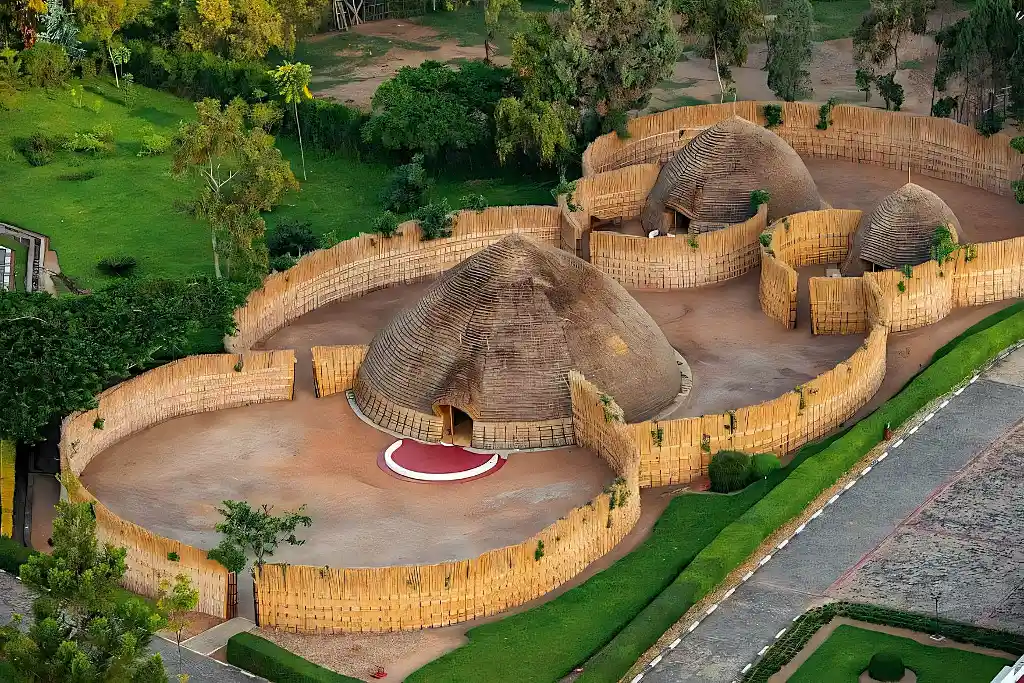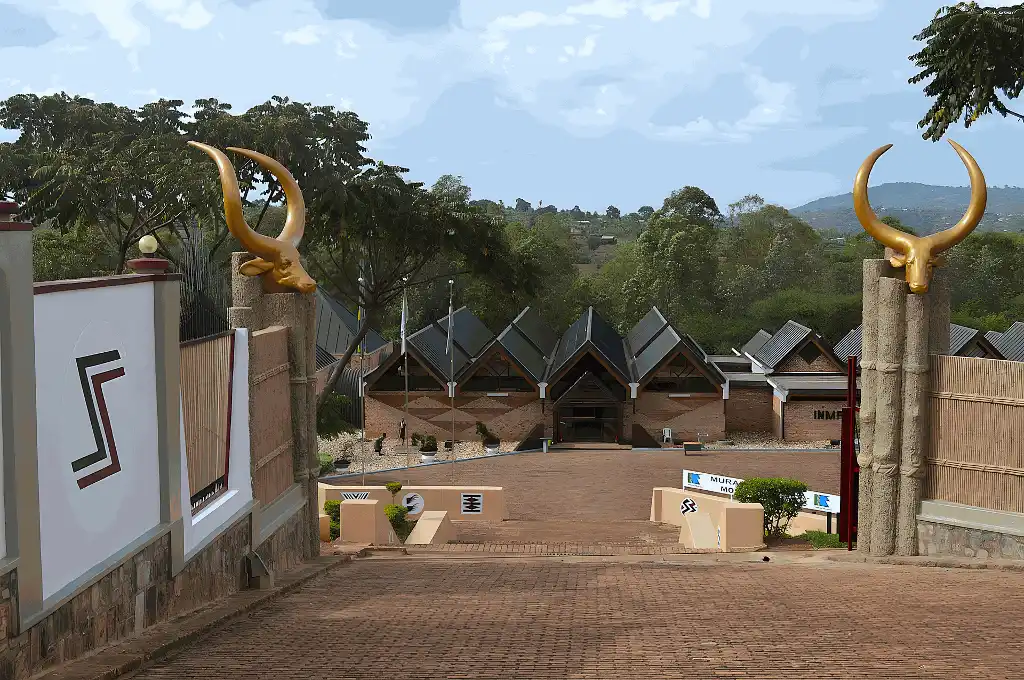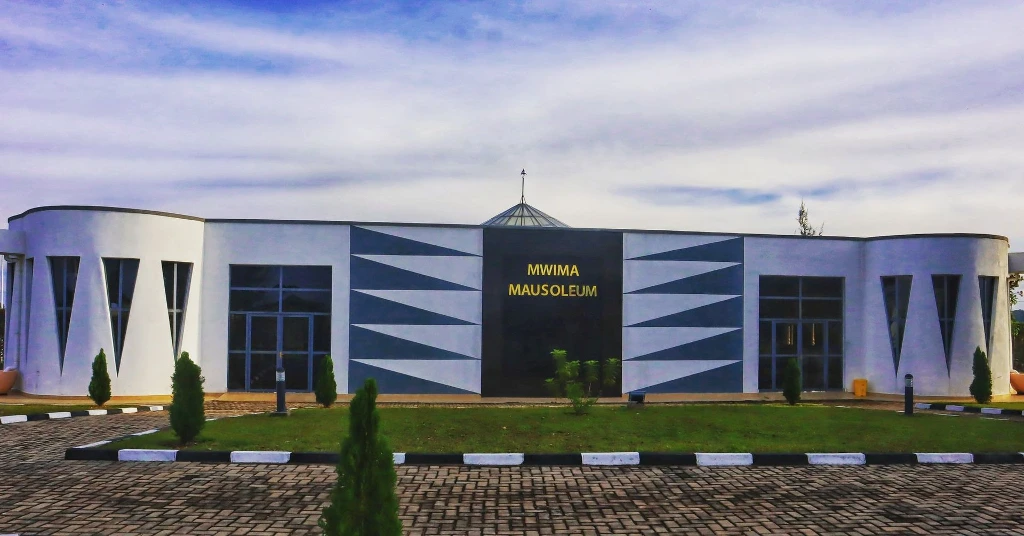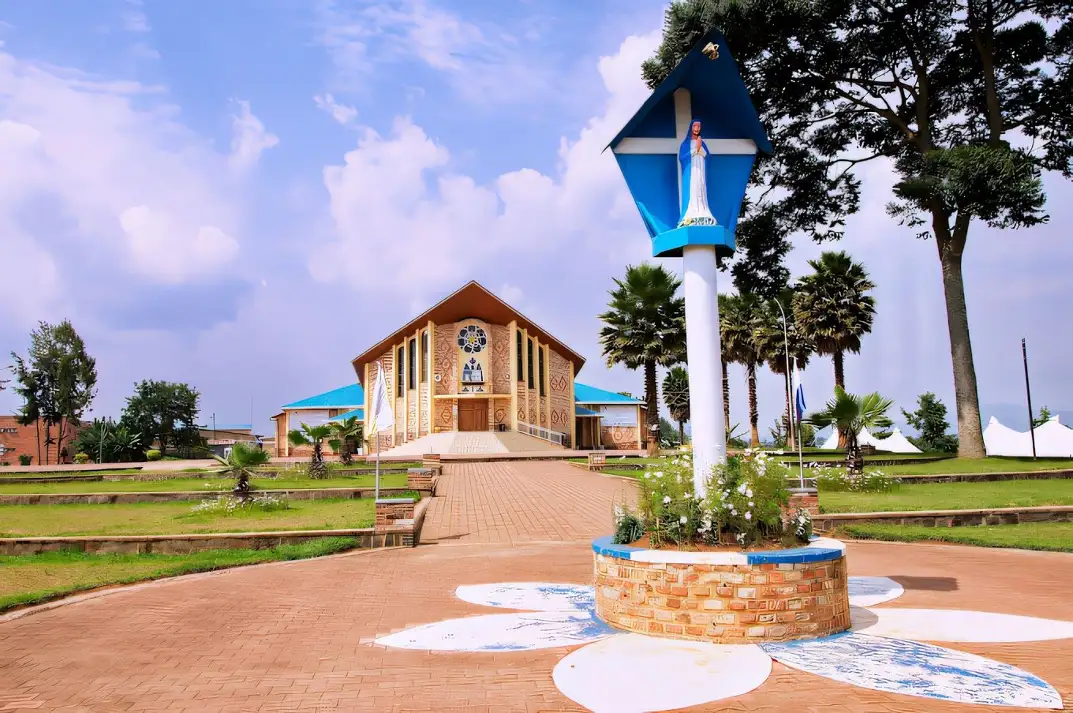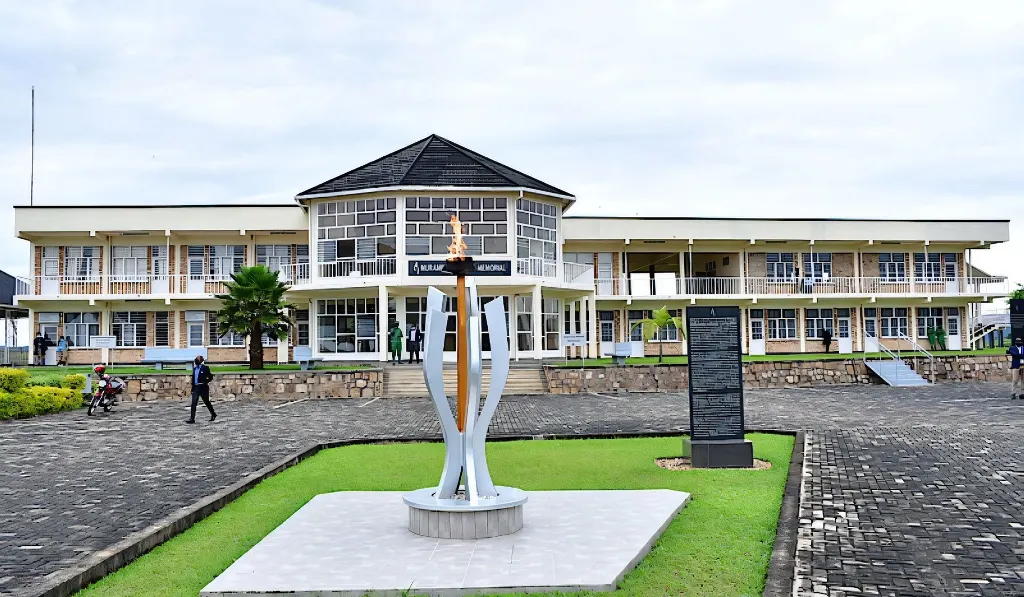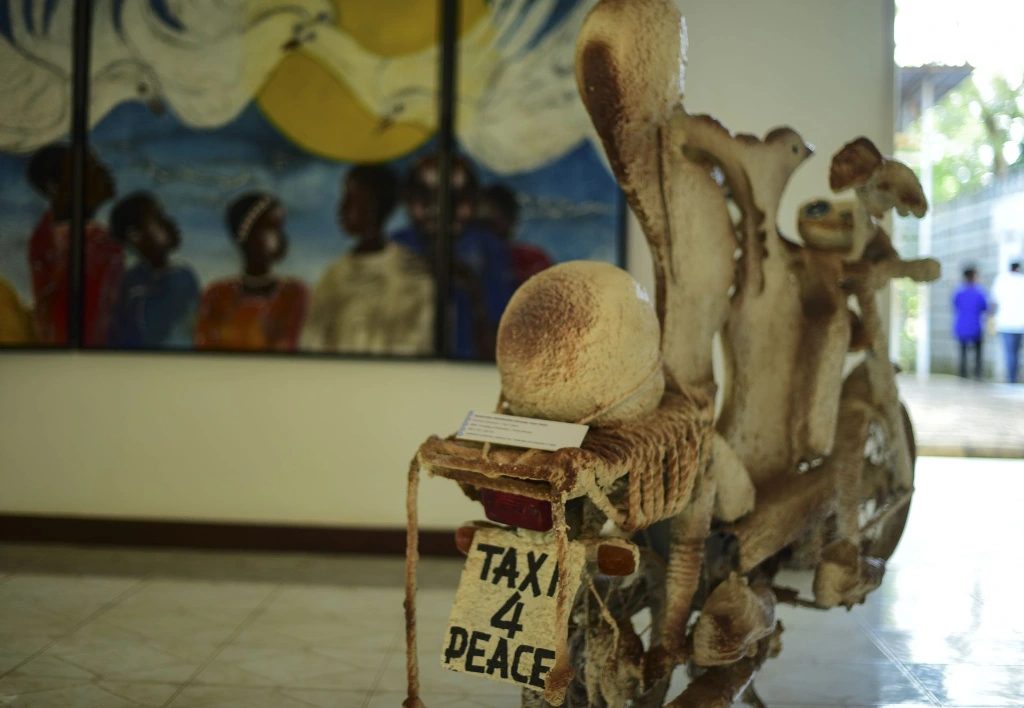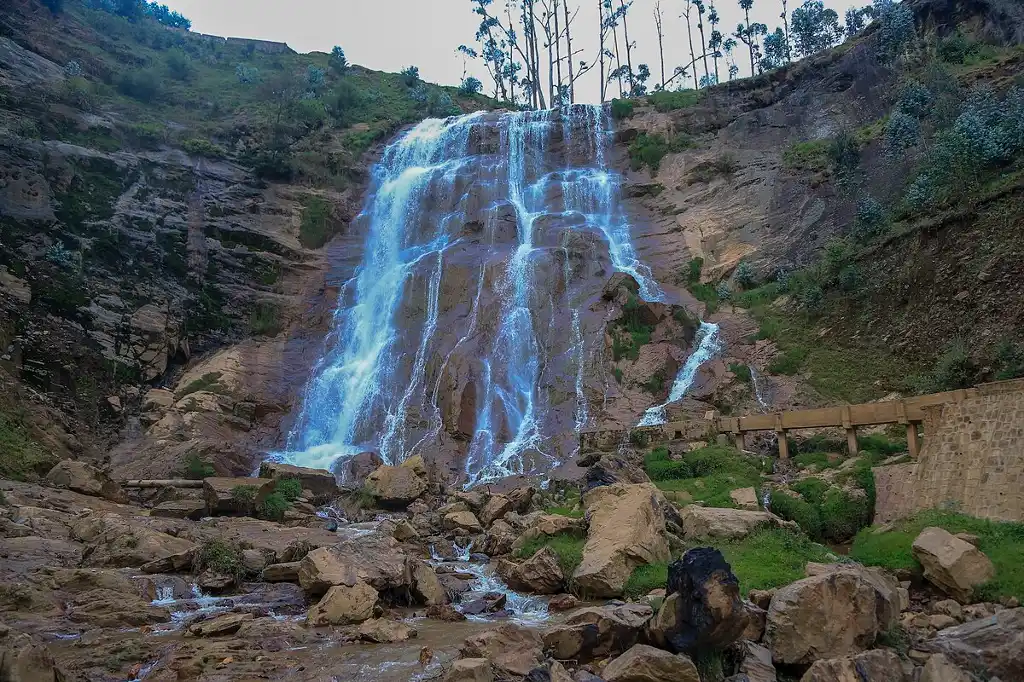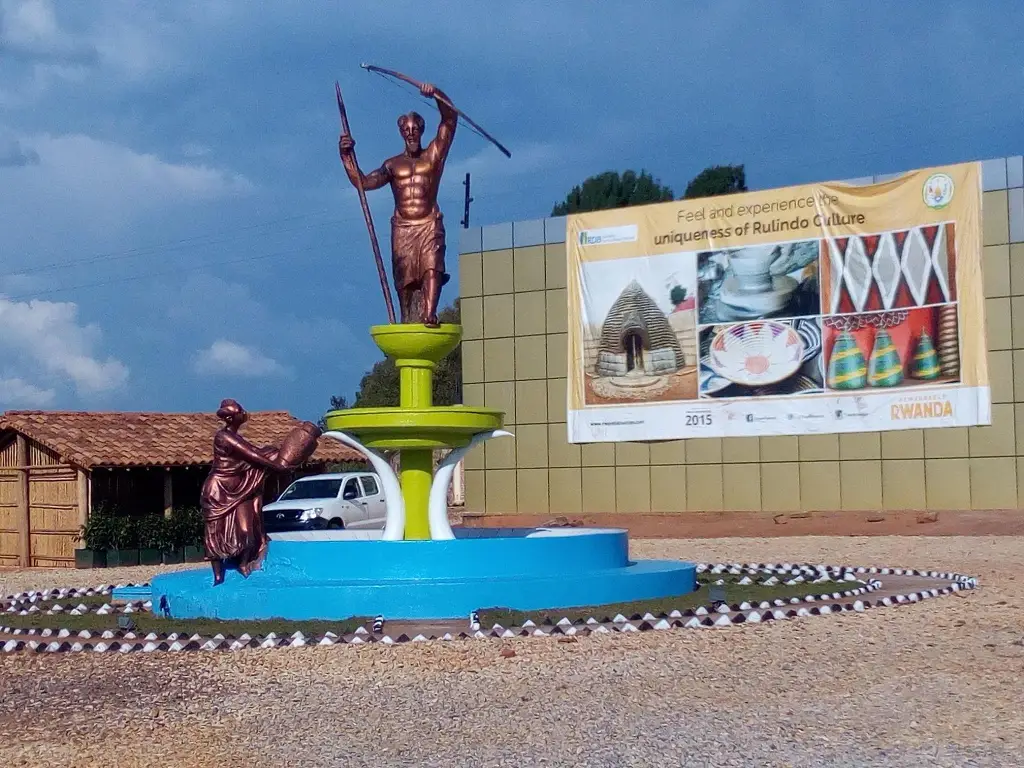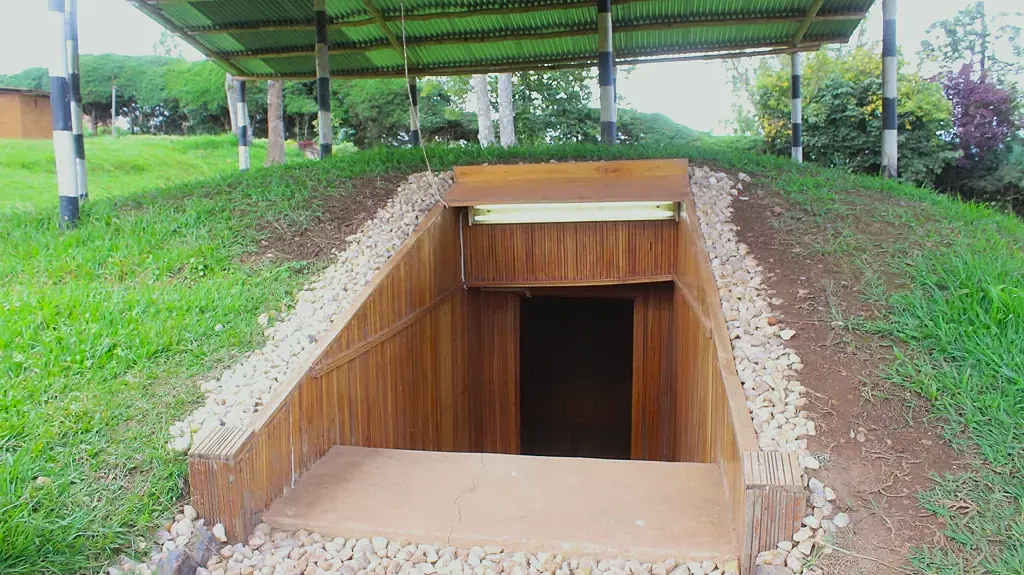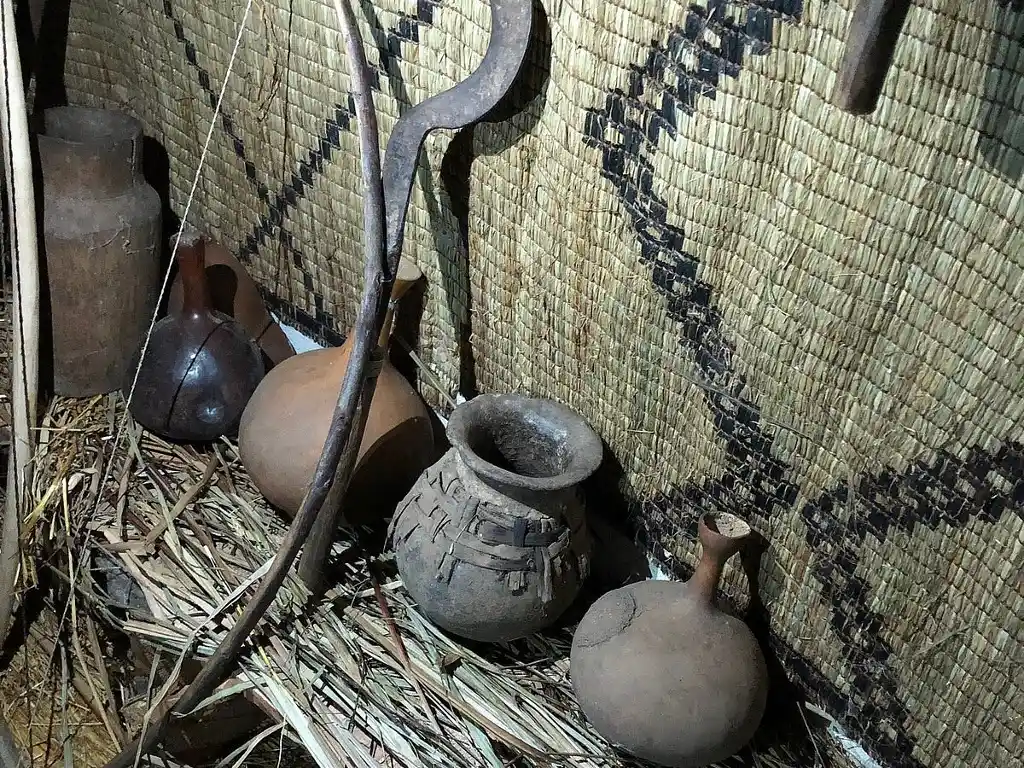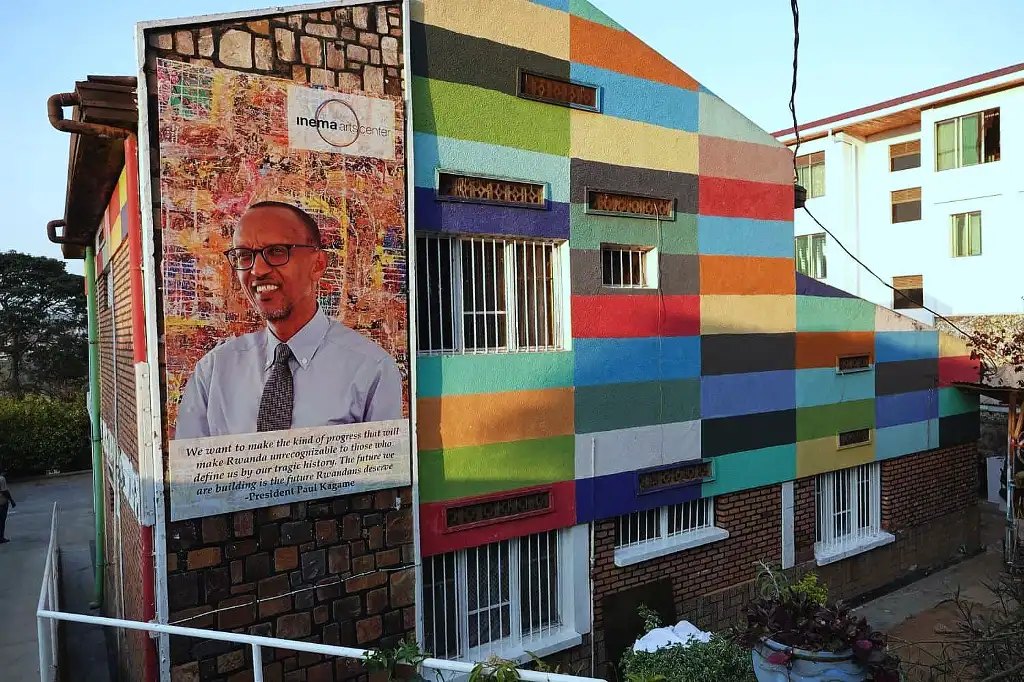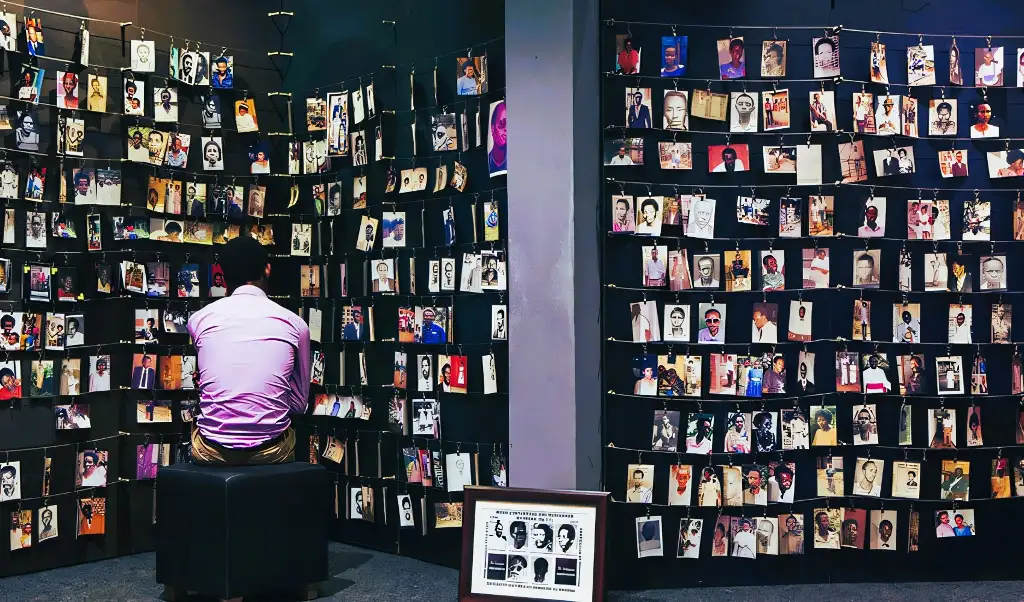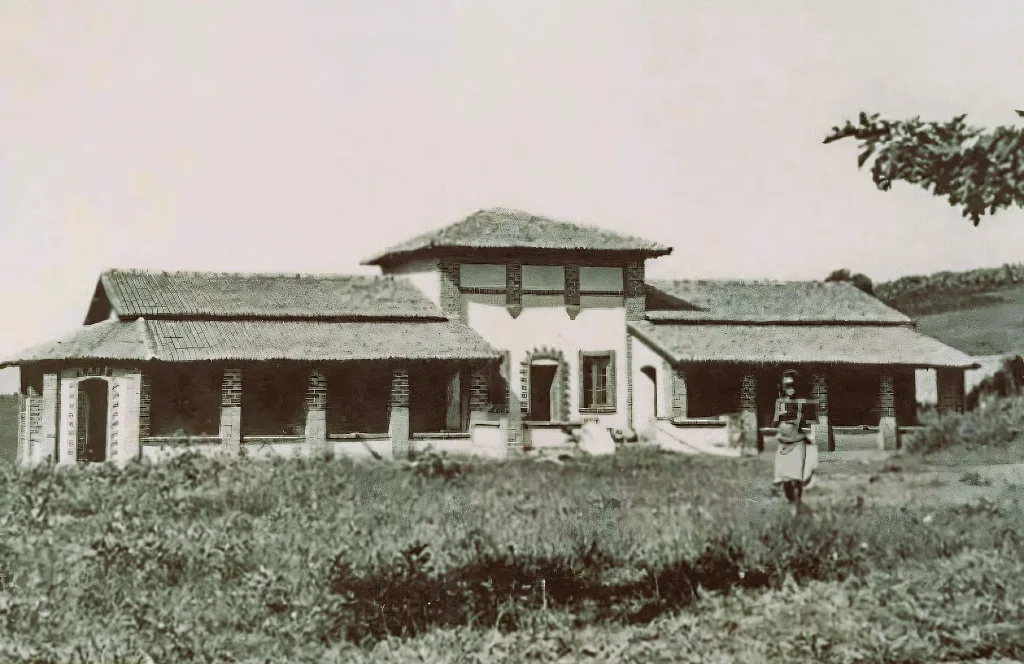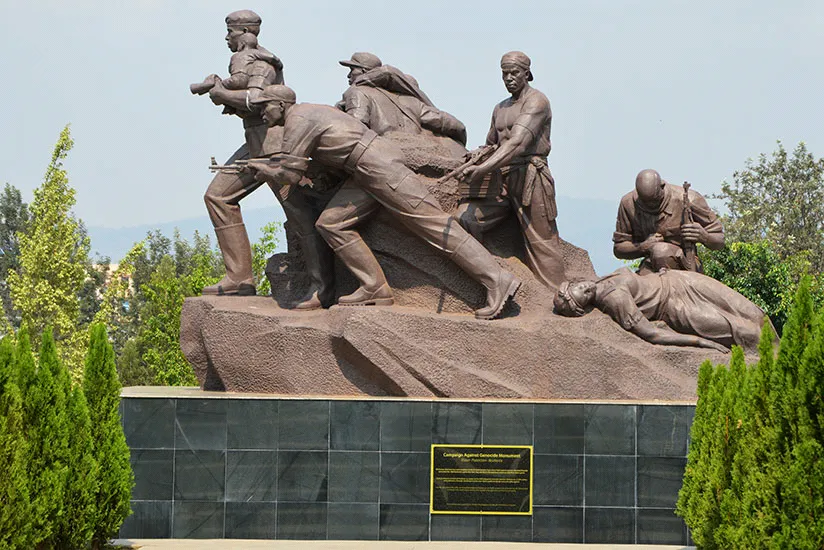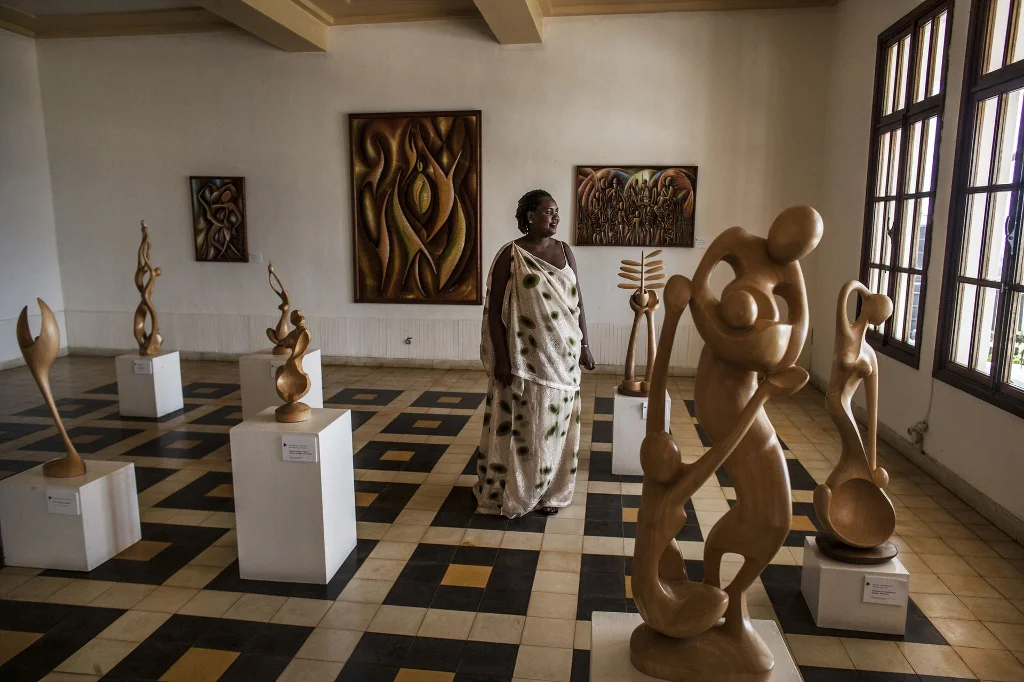Culture and Heritage in Rwanda
Culture and Heritage in Rwanda
Rwanda, known as the "Land of a Thousand Hills," has a rich cultural heritage, highlighted by vibrant music, dance, and traditional crafts like basket weaving.
Strong community values, such as Umuganda (community work), are key to social cohesion.
Significant historical sites like the Kings' Palace and Genocide Memorials mark the country's past, while annual events like Kwita Izina celebrate its culture and modern progress.
Rwanda, the "Land of a Thousand Hills," boasts rich culture through music, dance, crafts, and traditions like Umuganda, alongside historical sites and events like Kwita Izina.
King’s Palace Museum
The King's Palace Museum in Nyanza, Rwanda, offers a glimpse into the country's royal history with a replica of a traditional royal residence and the reconstructed palace of King Mutara III Rudahigwa. Visitors can see sacred Inyambo cows and explore exhibits of royal regalia and artifacts, highlighting Rwanda's cultural and historical heritage.
Ethnographic Museum
The Ethnographic Museum in Huye, Rwanda, is a key cultural site showcasing the nation's heritage. Established in 1989, it features seven galleries with exhibits on traditional tools, agriculture, weaving, pottery, and music. The museum provides a comprehensive overview of Rwandan life from pre-colonial times to the present,
offering visitors an enriching experience into the country's history and traditions.
The Mwima Mausoleum
The Mwima Mausoleum in Nyanza, Rwanda, is a revered site where King Mutara III Rudahigwa and Queen Rosalie Gicanda are buried.
King Mutara III, who reigned from 1931 to 1959, played a crucial role in Rwanda's modernization and its transition to a republic.
Located on a serene hilltop, the mausoleum offers visitors a place to reflect and learn about Rwanda's royal history and the lasting impact of its monarchs.
This site stands as both a historical landmark and a tribute to the legacy of Rwanda’s royal family.
Our Lady of Kibeho Shrine
Our Lady of Kibeho Shrine, in southern Rwanda, is a prominent religious site known for the Marian apparitions reported by three schoolgirls in the early 1980s.
Recognized by the Catholic Church in 2001, these apparitions are the only ones in Africa with such recognition.
The shrine includes a church, serene gardens, and devotional areas, drawing pilgrims from around the world. Especially on November 28, the anniversary of the first apparition, thousands gather for Mass and processions. The site offers spiritual solace and cultural enrichment, making it a key destination in Rwanda.
Murambi Genocide memorial center
The Murambi Genocide Memorial Centre in southern Rwanda honors the 50,000 victims of the 1994 Genocide against the Tutsi.
Located at a former school, the memorial features preserved remains and personal items of the victims, along with exhibits that educate visitors on the genocide's history
and its aftermath. It stands as a sobering reminder of the past and a call for remembrance and reconciliation.
National Art Gallery
The National Art Gallery of Rwanda in Nyanza, located in King Mutara III Rudahigwa's former palace, showcases both contemporary and traditional Rwandan art.
The gallery offers diverse artworks, educational programs, and cultural events, highlighting Rwanda's artistic heritage and supporting local artists.
It’s a key destination for art enthusiasts and cultural explorers.
Ndaba's Rock (Les Chutes de Ndaba)
Ndaba Rock in Karongi District is a scenic site steeped in legend, linked to King Ndaba's fatal fall while collecting honey. Visitors enjoy guided storytelling,
lush surroundings, waterfalls, and panoramic views, making it a notable spot for exploring Rwanda's natural and cultural beauty.
Ikirenge Cultural Center
The Ikirenge Cultural Center in Gicumbi offers an immersive experience into Rwanda’s heritage, featuring traditional crafts, music, dance, and daily practices like farming
and blacksmithing. Visitors can explore exhibits, participate in workshops and performances, and enjoy the center's serene grounds,
making it a vital spot for cultural education and engagement.
National Liberation Museum
The National Liberation Museum in Mulindi, Gicumbi District, commemorates the Rwandan Patriotic Front's role in ending the 1994 Genocide against the Tutsi.
The museum features exhibits with photographs, artifacts, and multimedia displays that detail the RPF's journey, key battles, and personal stories from the liberation struggle.
It provides an educational and emotional experience, highlighting Rwanda's path to recovery and resilience.
Roots of Nyabingi
The Roots of Nyabingi in Nyaruguru is a culturally rich site honoring the Nyabingi spiritual and political movement led by a revered female deity. Visitors explore sacred grounds with ancient worship sites, traditional huts, and landscapes connected to the Nyabingi priestesses who resisted colonial rule. The site offers guided tours, cultural performances,
and interactive exhibits, providing deep insights into Rwanda's pre-colonial history, traditional beliefs, and enduring spirit of resistance.
Inema Arts Center
Inema Arts Center in Kigali, founded by brothers Emmanuel Nkuranga and Innocent Nkurunziza, is a top art space in Rwanda. It features contemporary artworks,
including paintings and sculptures, and offers cultural events, art classes, and community programs, making it a lively destination for art lovers and tourists.
Historical sites in Kigali city
Kigali, the capital city of Rwanda, is home to several museums that offer a deep dive into the country's history, culture, and resilience.
The museums in Kigali serve as poignant reminders of Rwanda's journey from colonialism to post-genocide recovery, providing visitors with profound insights and opportunities
for reflection. Here are some notable museums in Kigali.
Kigali Genocide Memorial
The Kigali Genocide Memorial in Rwanda’s capital is a key site for remembrance and education on the 1994 Genocide against the Tutsi.
It features a museum with exhibits on the genocide’s history and aftermath, and mass graves where over 250,000 victims are interred.
The memorial serves as a space for reflection, healing, and promoting reconciliation while educating visitors about the perils of hatred and intolerance.
Kandt House Museum
Often referred to as the Natural History Museum, this institution highlights Rwanda's rich flora and fauna, geological history, and cultural heritage.
Visitors can explore exhibits on the country's ecosystems, wildlife conservation initiatives, and traditional lifestyles.
Campaign Against Genocide Museum
This museum provides a detailed account of the international efforts to prevent and stop the 1994 genocide. It highlights the challenges faced by humanitarian workers, diplomats, and peacekeepers during this tragic period, emphasizing the importance of global solidarity and intervention in preventing atrocities.
Rwanda Art Museum (RAM)
Housed in a former presidential palace, RAM features a collection of contemporary Rwandan art, including paintings, sculptures, and installations.
It serves as a platform for local artists to showcase their creativity and contribute to Rwanda's burgeoning art scene.
Ready to explore Rwanda's vibrant culture and history?
Add this experience to your package today.
